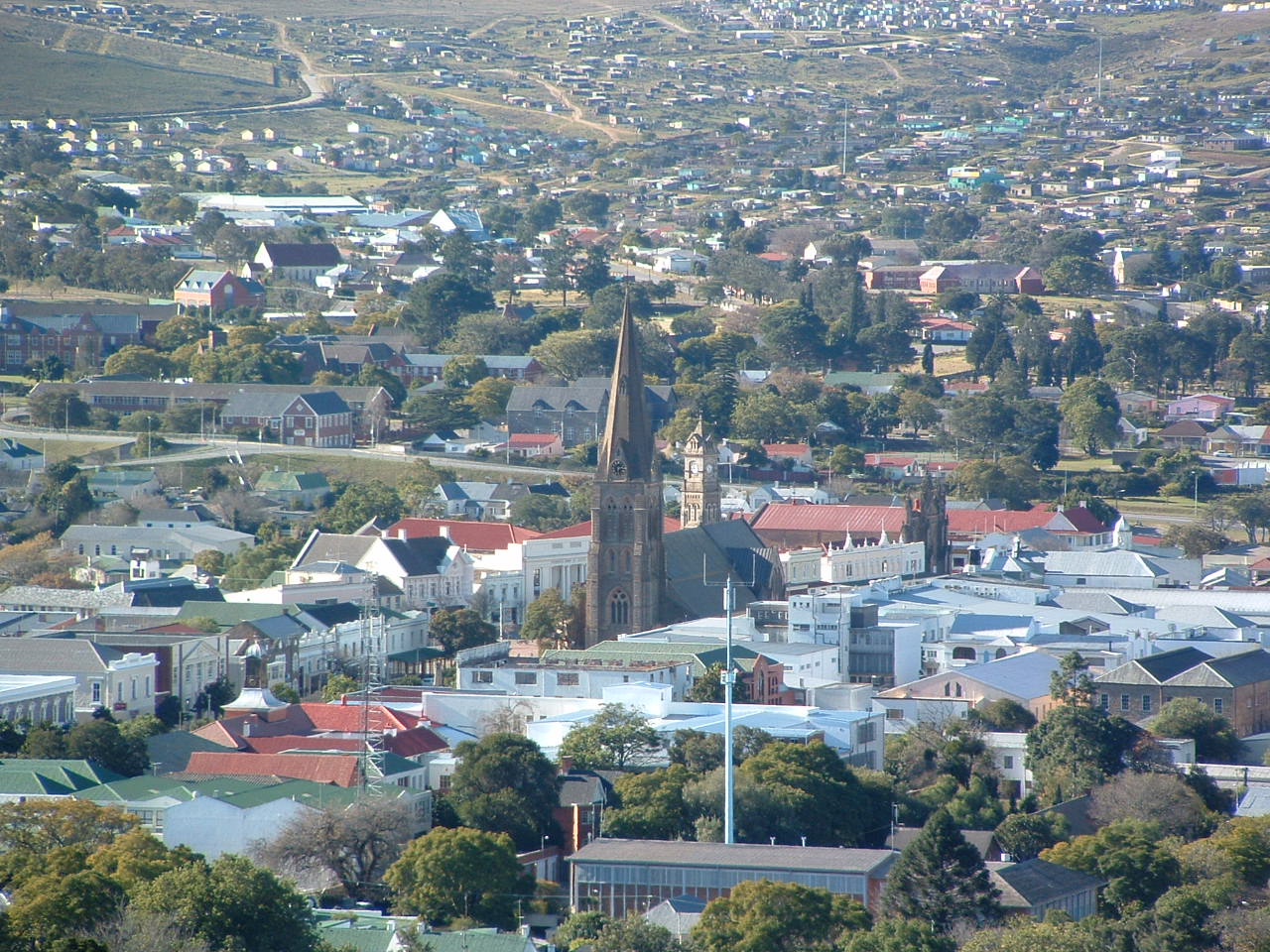Grahamstown is the picture perfect sleepy town. I live on top of one of its many hills. At night, I can get a clear view of my adopted home in its entirety. I turn left, and I see the cozy, picturesque suburbs: the grand houses, boutiques and apartments. I shift to the right, and a different picture emerges. The township is the other Grahamstown. It’s the community that is known, but rarely seen, heard, or acknowledged. And if I stand dead center, the Anglican Cathedral, the tallest building around, is at the heart of this divided town.
Nowhere is the growing inequality amongst the youth more visible than in this community. Grahamstown is home to one of the most expensive universities in South Africa (Rhodes University). Some of the most elite high schools in Africa are in the town: St. Andrew’s, Graeme College, and St. Mary’s, to name a few. Teenagers and young adults can enjoy a cushy life, free from the hassles and stress of Big City Life. Mercedes Benzes and BMWs dot the parking lots on Rhodes Campus. Over the weekend, the club strip comes alive at night, as the young pretty and reckless go wild and make bad life choices that they won’t regret.
It would be easy to think that this is what life is like for Rhodes students, and for Grahamstown, across the board. But beyond the Cathedral, and within Rhodes University, the gulf between the rich and the poor is stark. Residents in the township can go whole days without electricity, and water is so erratic that weeks can pass without a single drop coming out of the tap. High school students in townships like Joza grow up under the shadow of Rhodes’ Clock Tower, the structure that has come to symbolize the university. Growing up so close to a prestigious university is a painful reminder that they might never get a degree, let alone enroll at a university.
It’s in the education sector that youth inequality is the most apparent. Out of 100 young South Africans, only half will take final high school exams. 40 of those students pass well enough to get to university, but 12 students actually enroll at a university. The story doesn’t end there: six of those students never get a degree. Three finish their studies in normal time, the others finish their degree programs late. So, out of a high school graduation class, less than 10% have a viable chance of getting degrees. Such a disparity from early on leads to trouble for the working population. Proper qualifications open doors and opportunities for advancement. Not being able to go to university automatically shuts one part of the population off from gainful employment.
Youth inequality isn’t mutually exclusive to South Africa, however. Across the world, youth inequality is growing. As International Youth Day approaches on 12 August, the question now is, what can be done to address the growing gulf. Youth Civic Engagement is the theme for this year’s Youth Day Celebrations. “Youth should contribute in the building and designing of their future”, official United Nations press states, with a desire to kick-start a global conversation on civic engagement. If any progress is going to be made in shaping young people into responsible and active global citizens, then it’s vital that they discuss the ingrained inequality that society as a whole can’t seem to shake.
As I walk around Grahamstown, the socioeconomic differences that people have to contend with come to life in the town’s young residents. From education and employment, to career opportunities and living conditions, youth inequality often seems like an insurmountable task. However, as much as I see inequality, I also see hope. Youth is tenacious, innovative, and resolute in its ideals. So as the world celebrates International Youth Day, perhaps it’s time to look to the youth when trying to solve inequality.
